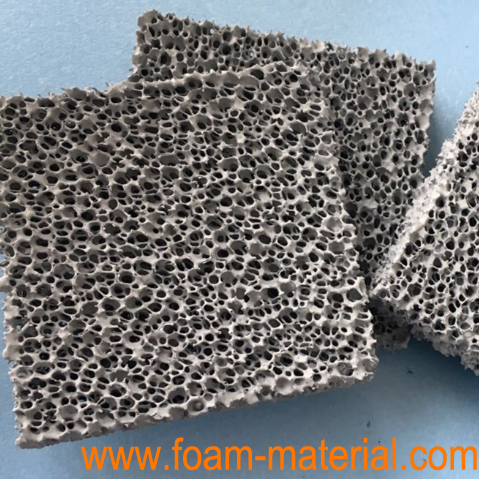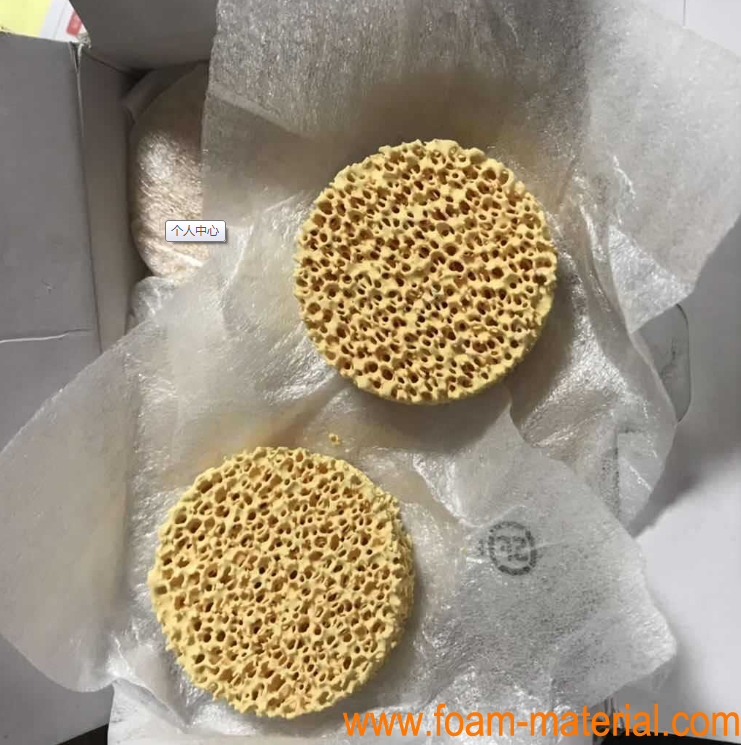The development of foam ceramic materials began in 1970s, and is a porous material with high temperature characteristics. Its pore size ranges from nanometer to micron, and its porosity ranges from 20% to 95%, and its service temperature is from room temperature to 1600 ℃.
Generally, foam ceramics can be divided into two categories, namely, open hole (net) ceramic material and closed cell ceramic material, depending on whether each hole has solid wall. If the solid formed by foam is only contained in the hole, it is called an open hole ceramic material whose pores are interconnected. If there is a solid wall, the foam is called closed cell ceramic material, and the holes are separated from the continuous ceramic matrix. However, most ceramic foams have pore opening and a small number of closed pores. Generally speaking, the materials with pore diameter less than 2 nm are microporous materials; those with pores between 2 and 50 nm are mesoporous materials; those with pores above 50 nm are macroporous materials.
China started the research of foam ceramics in early 1980s. Over the past 20 years, more than ten scientific research institutions and manufacturers have reported the research of foam ceramic products. However, there is still a certain gap between China's foam ceramics and foreign countries. Ceramic foam is a porous ceramic body with high porosity, which is shaped like a tempered foam or a porcelain sponge. Because of its high porosity, large specific surface area, thermal shock resistance, high temperature resistance, chemical corrosion resistance and good mechanical strength and filtration adsorption performance, it can be widely used in heat exchange materials, gas distribution materials, automobile exhaust devices, purification of metallurgical industry, filtration of molten metal, heat recovery, light industry spraying industry, industrial sewage treatment, Heat insulation and sound insulation materials, used as chemical catalyst carrier, electrolytic membrane and separation and dispersion components.
Classification of ceramic foam
Material type aggregate corrosion resistance temperature (℃)
The water resistance and acid resistance of ceramic slag of high siliceous silicate material are 700
Aluminosilicate material, clay clinker, weak alkali resistance, acid resistance 1000
The water resistance and acid resistance of fused corundum are 1600
Diatom clay has the characteristics of water resistance, acid resistance and low temperature
The application of porous ceramics has been extended to aviation, electronics, medical materials and biochemistry. The wide application of porous ceramics has attracted the attention of the global material circle. Therefore, it is undoubtedly necessary to prepare foam ceramics with high strength, uniform pore size, stable performance and high order, and broaden and develop the application of foam ceramics in various industries in China.

SiC Ceramic Foam

Zirconia ceramic foam
the professional team to service !